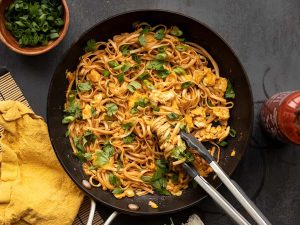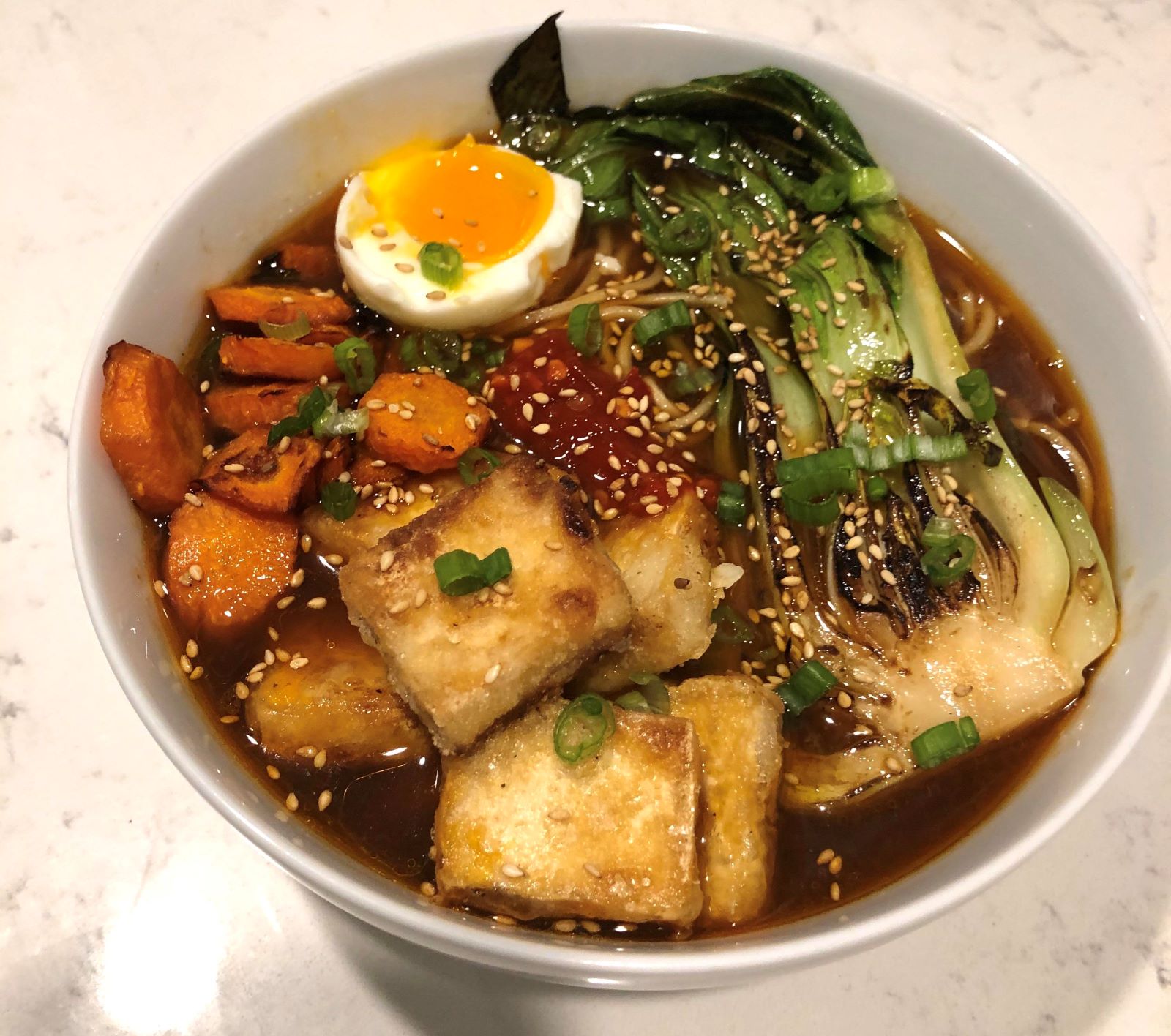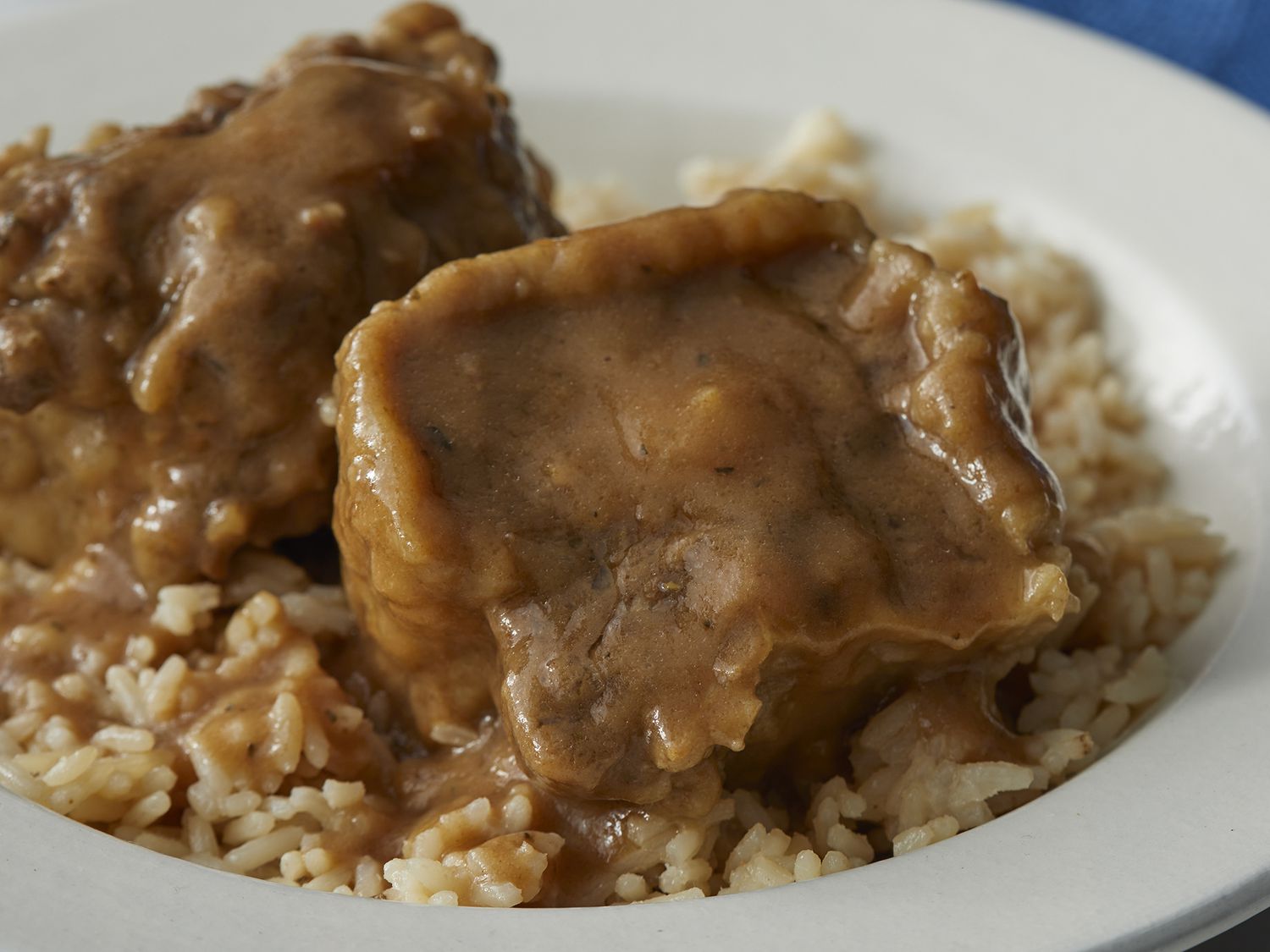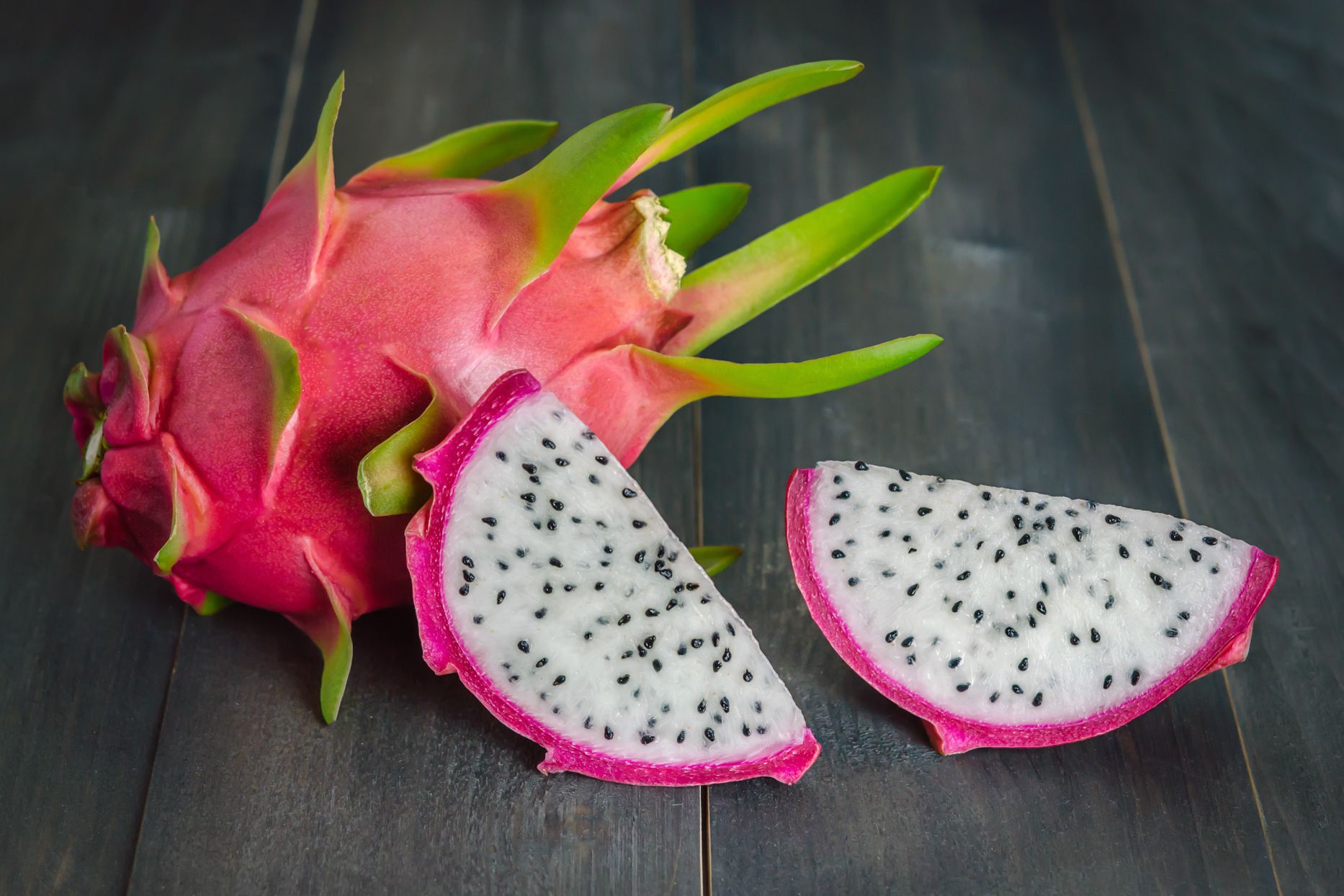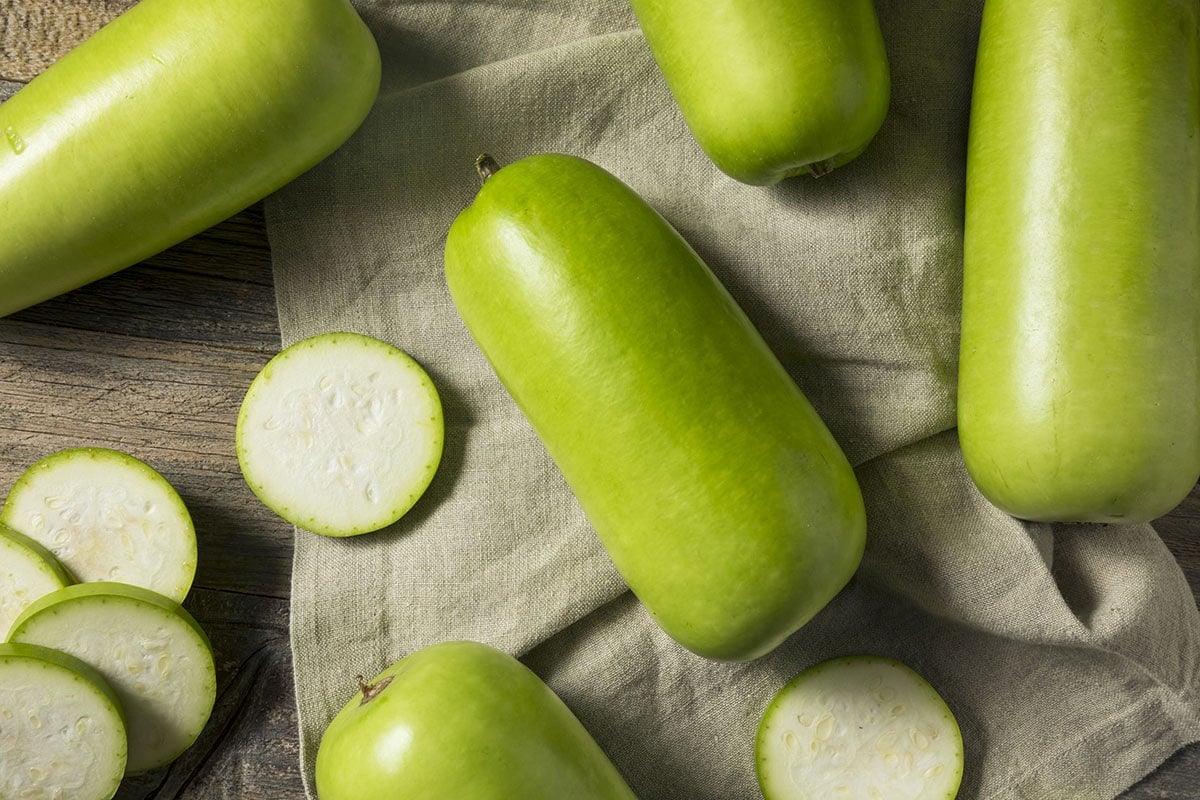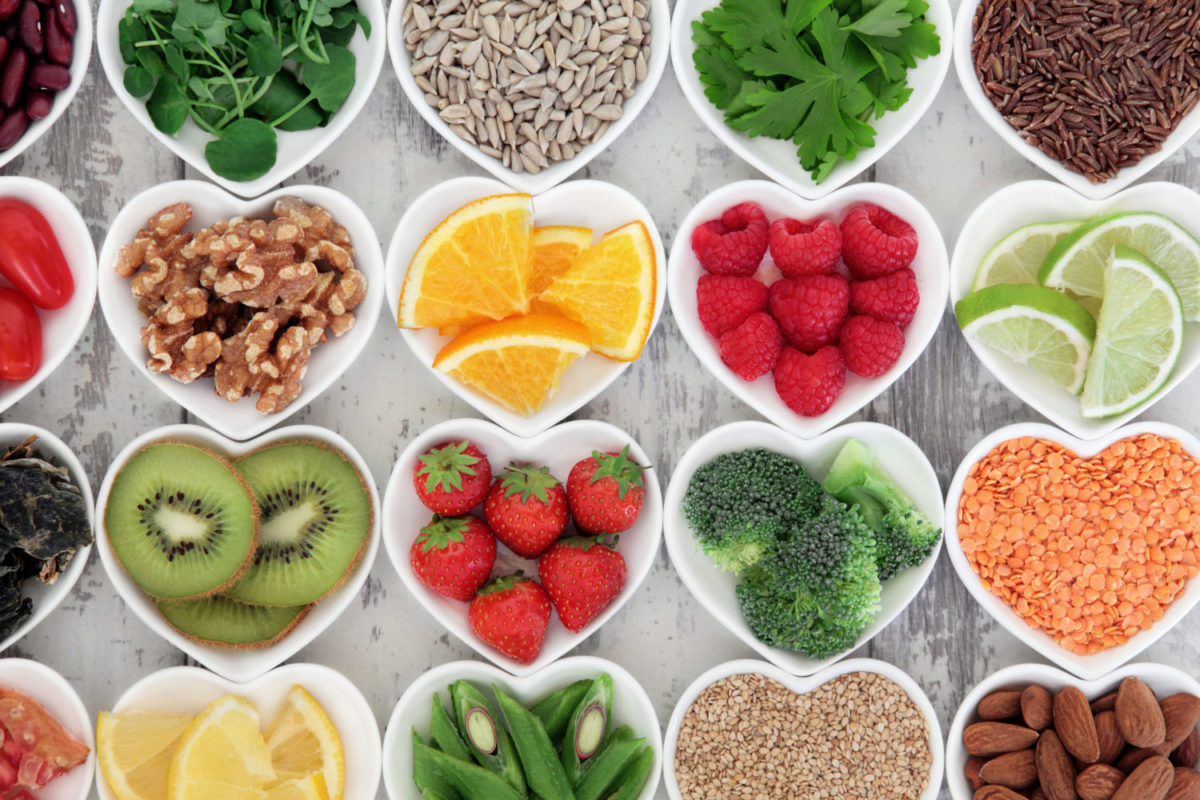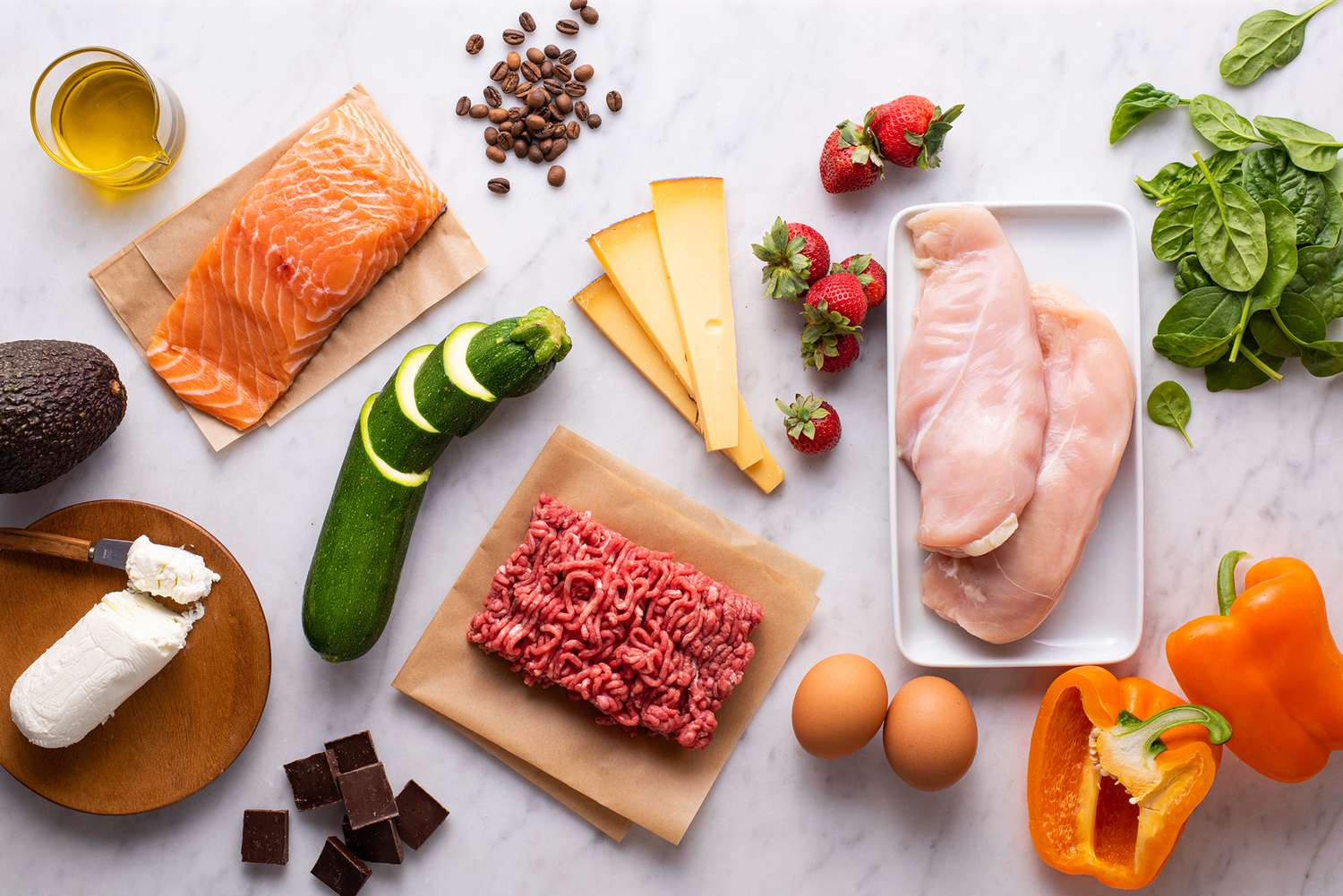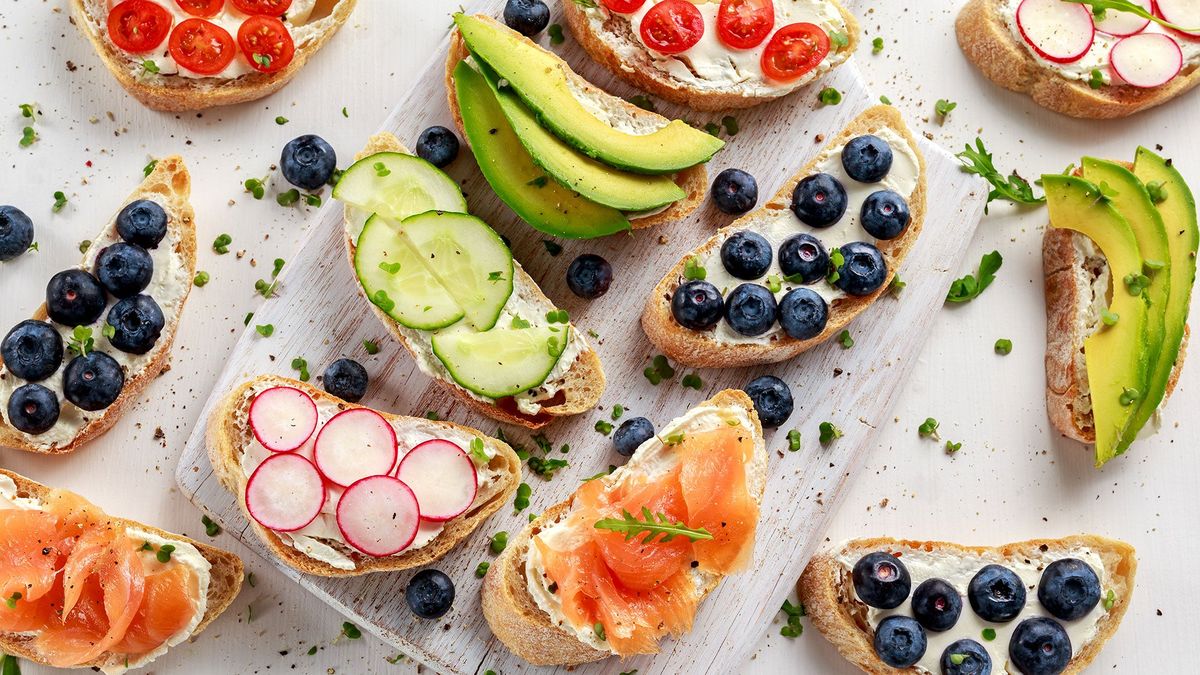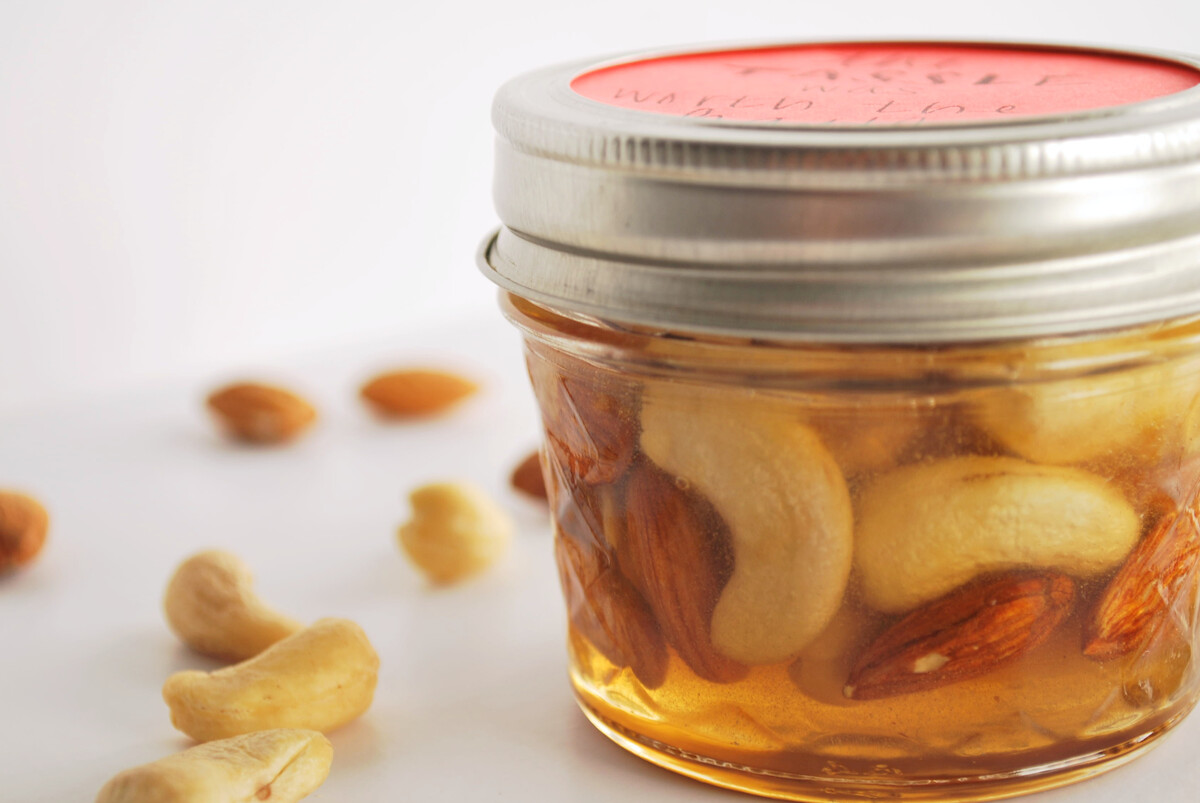Delicious and Nutritious: How to Enjoy Pak Choi
When it comes to leafy greens, pak choi is a standout star. Also known as bok choy or Chinese cabbage, this versatile vegetable is a staple in many Asian cuisines and is gaining popularity in Western dishes as well. Not only is pak choi delicious, but it’s also packed with essential nutrients, making it a fantastic addition to any diet. If you’re wondering how to incorporate this nutritious green into your meals, look no further. Here are some simple and delicious ways to enjoy pak choi:
Stir-Fry Sensation
One of the most popular ways to enjoy pak choi is by incorporating it into a stir-fry. Its crunchy stems and tender leaves make it a perfect addition to this classic Asian dish. To prepare a pak choi stir-fry, follow these simple steps:
- Wash the pak choi thoroughly to remove any dirt or debris.
- Cut the stems and leaves into bite-sized pieces.
- Heat a wok or large skillet over high heat and add a splash of oil.
- Toss in some minced garlic and ginger for flavor.
- Add the pak choi to the pan and stir-fry for a few minutes until it’s tender-crisp.
- Season with soy sauce, oyster sauce, or your favorite stir-fry sauce.
- Serve over steamed rice or noodles for a satisfying meal.
Refreshing Salad
If you’re looking for a lighter way to enjoy pak choi, consider adding it to a refreshing salad. Its crisp texture and mild flavor make it a perfect addition to a variety of salad combinations. Here’s how to create a delicious pak choi salad:
- Start by washing and drying the pak choi leaves.
- Thinly slice the leaves and stems and place them in a large bowl.
- Add your favorite salad ingredients such as cherry tomatoes, cucumbers, and bell peppers.
- Toss the salad with a zesty vinaigrette or creamy dressing.
- Sprinkle with toasted nuts or seeds for added crunch.
- Enjoy as a refreshing side dish or add grilled chicken or tofu for a complete meal.
Flavorful Soup
Another fantastic way to enjoy pak choi is by incorporating it into a flavorful soup. Whether you’re making a classic chicken noodle soup or a spicy Asian-inspired broth, pak choi can add a unique twist to your favorite soup recipes. Here’s how to use pak choi in a delicious soup:
- Start by preparing your soup base, whether it’s a homemade stock or store-bought broth.
- Wash the pak choi and chop it into bite-sized pieces.
- Add the pak choi to the simmering soup and cook until it’s tender.
- Season the soup with your favorite herbs and spices.
- Consider adding protein such as tofu, shrimp, or chicken for a heartier soup.
- Serve the soup hot and garnish with fresh herbs or a squeeze of lime.
Grilled Goodness
For a unique and flavorful way to enjoy pak choi, try grilling it. Grilling pak choi adds a smoky char and depth of flavor that takes this vegetable to the next level. Here’s how to grill pak choi to perfection:
- Preheat your grill to medium-high heat.
- Cut the pak choi in half lengthwise, keeping the core intact to hold the leaves together.
- Brush the cut sides of the pak choi with olive oil and season with salt and pepper.
- Place the pak choi on the grill, cut side down, and cook for a few minutes until charred and tender.
- Flip the pak choi and grill for an additional minute or two.
- Remove from the grill and drizzle with a squeeze of lemon juice or a sprinkle of Parmesan cheese.
- Serve as a flavorful side dish or chop it up and add it to grain bowls or pasta dishes.
With these simple and delicious ideas, you can easily incorporate pak choi into your meals and enjoy all the wonderful flavors and nutrients it has to offer. Whether you stir-fry it, toss it in a salad, add it to a soup, or grill it to perfection, pak choi is a versatile and tasty addition to any dish.
More Delicious Pak Choi Recipes to Try
For those eager to apply their newfound knowledge on how to eat pak choi, a variety of recipes await to elevate your culinary skills. Whether you're in the mood for something light or a hearty meal, the array of dishes like Classic Pak Choi and Shrimp Stir-Fry Recipe, Grilled Pak Choi with Lemon Pepper Dressing Recipe, and Pak Choi and Tofu Miso Soup Recipe offer a delightful spectrum of flavors and textures. I especially recommend trying the Spicy Pak Choi and Beef Noodle Stir-Fry Recipe for a vibrant meal that pairs the crisp texture of pak choi with rich, savory flavors. Each recipe is designed not only to satisfy your taste buds but also to enhance your comfort in using pak choi in diverse cooking styles.

